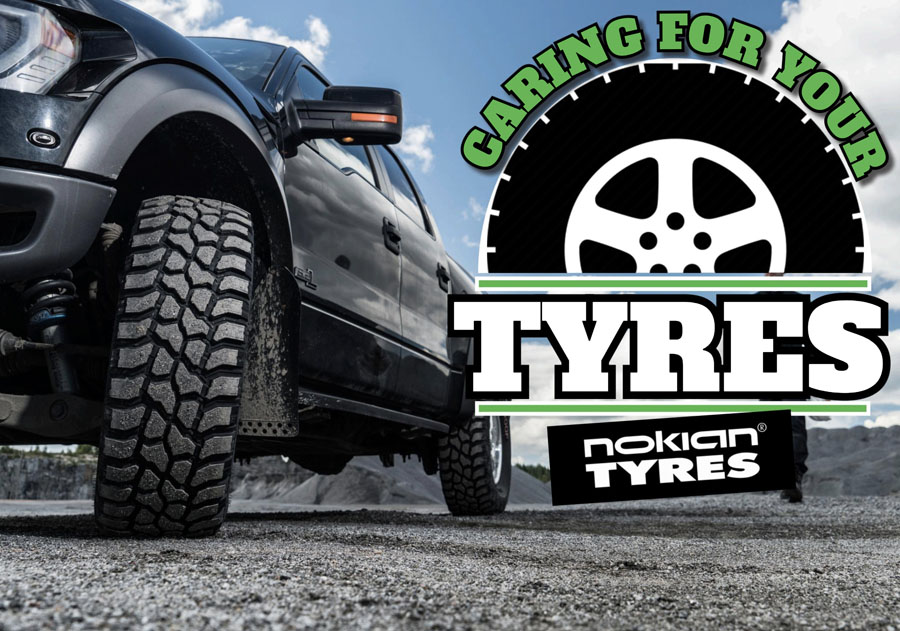 Improve Tyre Lifespan
Improve Tyre Lifespan
The condition of your tyres is important for driving safety. By following these five golden rules, you can ensure top mileage, safe performance and a longer useful life for your tyres.
1. Check your tyre pressures regularly. Uneven inflation between tyres affects the driving qualities of your vehicle and makes the tyres wear unevenly.
2. Rotate the positions of your tyres between the front and rear axles after every 5,000 to 10,000 kilometres (3,000 to 6,000 miles) as the tyres wear differently in different positions. Remember to check tyre pressures when changing tyres.
3. Check that you mount your tyres according to the rolling direction marking on the side of the tyre. If the tyres are mounted against their designated rolling direction, their driving qualities will not be optimal in all conditions.
4. Drive smoothly. Panic braking and side-slips shorten the useful life of tyres and this is particularly true of studded tyres.
5. Check your old tyres for uneven wear when changing tyres. Correctly mounted and carefully driven tyres wear evenly. If your tyres show uneven wear, get the driving angles of your car measured and have your tyres mounted and balanced at a professional repair shop.

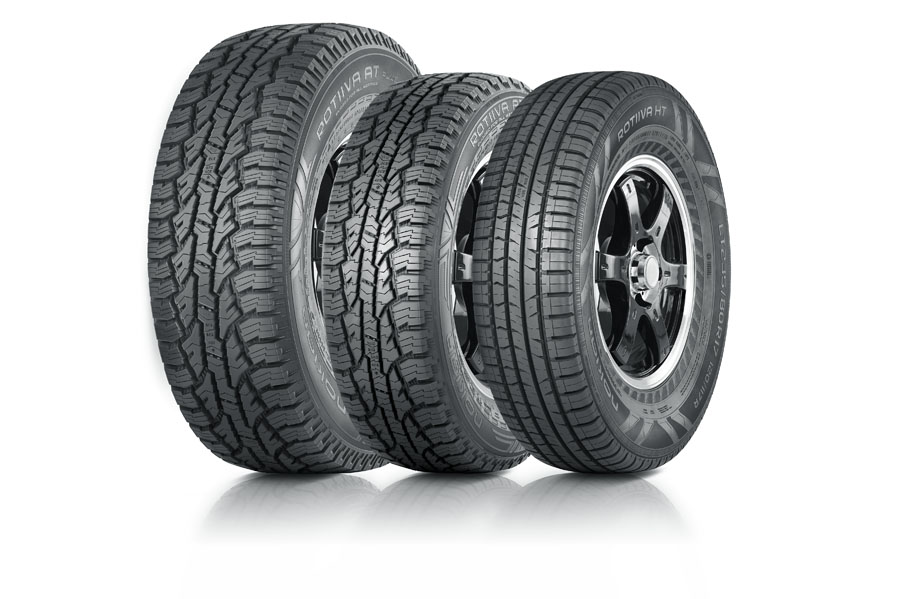
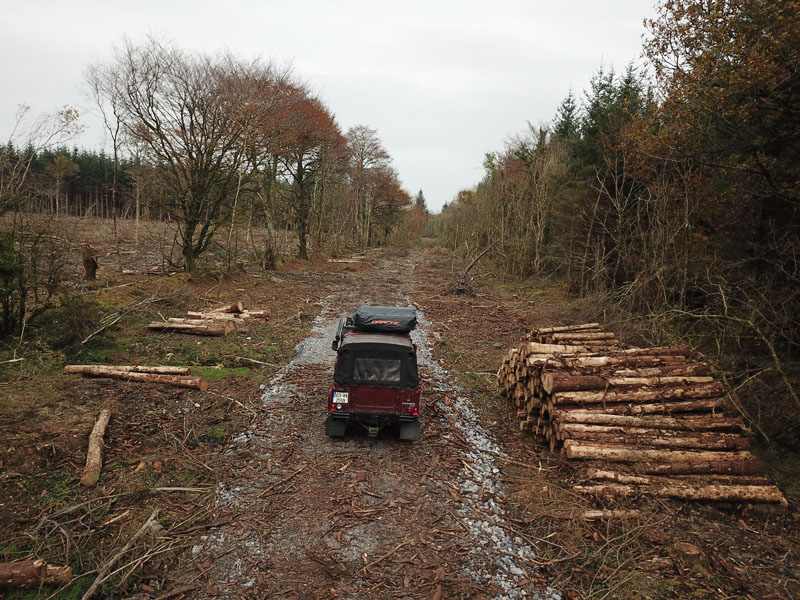
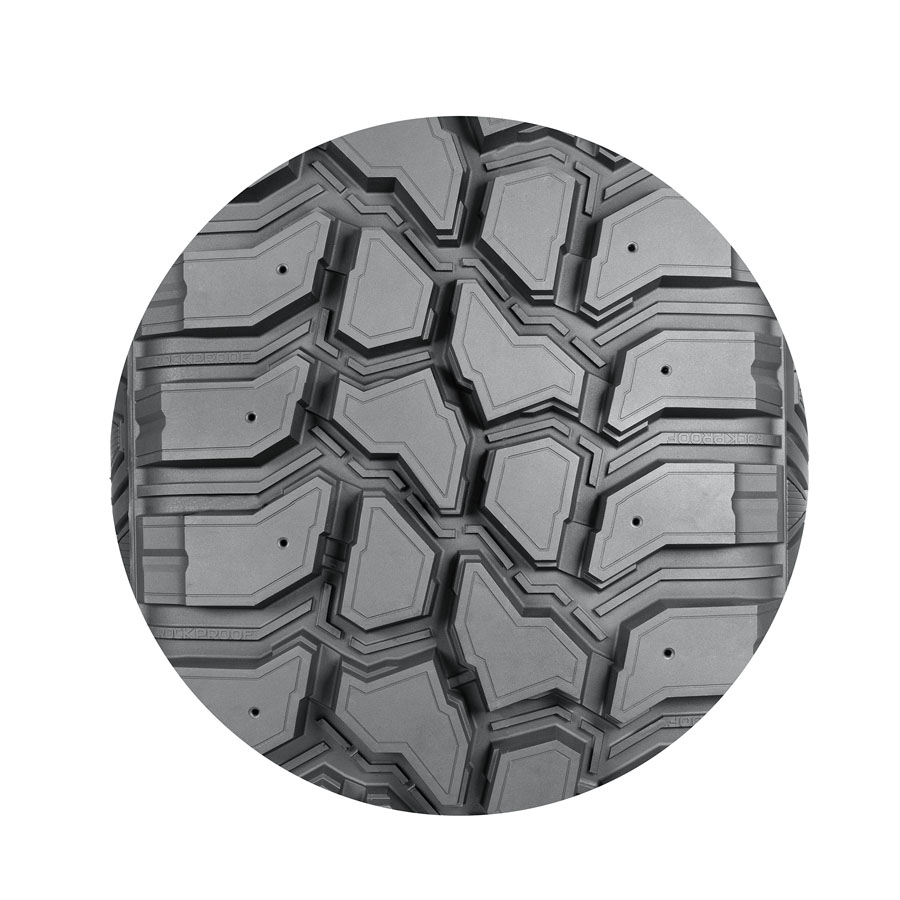
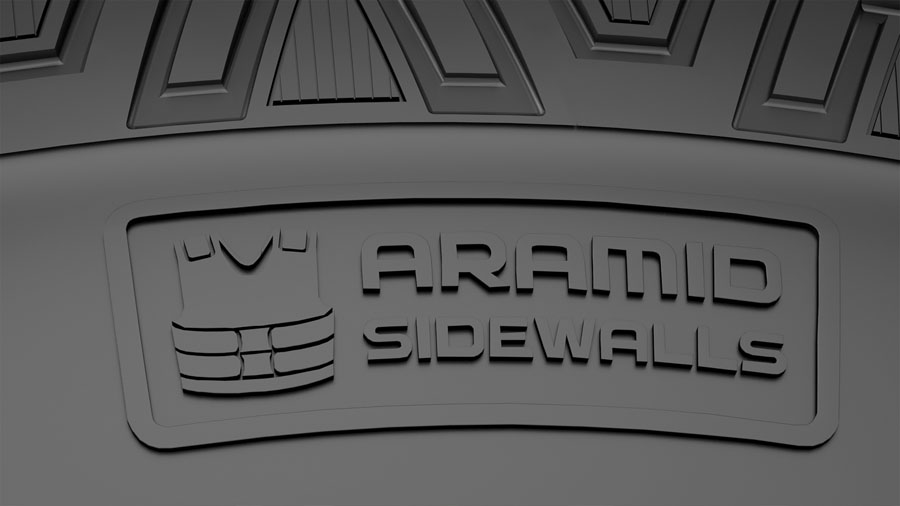
Check for Tyre Wear
You can easily test the condition of your tires by using tools that are found in your home. The match and coin tests are especially suitable for evaluating the condition of non-studded tires. All of Nokian Tyres’ latest products are equipped with Driving Safety Indicators. The driver can use the indicators to check the condition and safety of the tires. The indicator is located on the centre surface of the tire, and it indicates the depth of the tire’s main groove in millimetres; in other words, it shows how much tread remains. You can use a two-euro coin to test for condition. The silver ring at the edge of the coin is less than four millimetres wide. If it rises even slightly above the tread block when the coin is placed in the groove, you should consider replacing your tires.


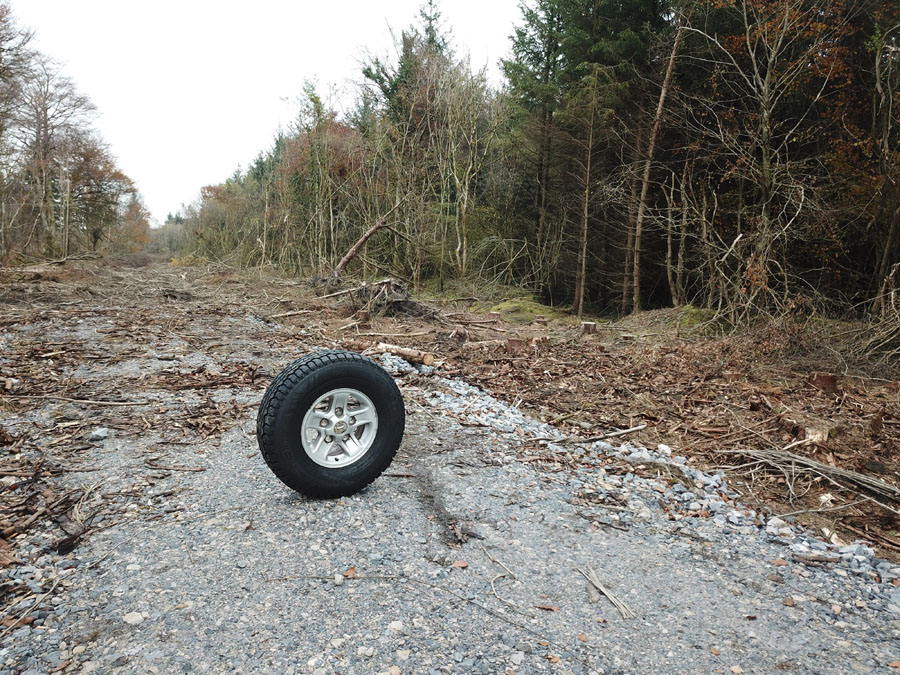
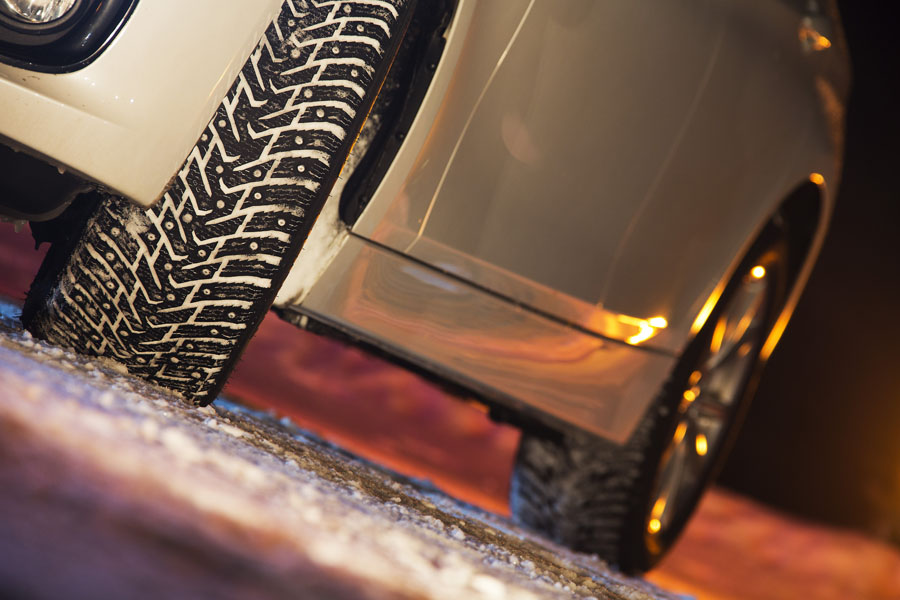
Tyre Storage
1. Temperature The storeroom temperature should be below +25 ºC, it should preferably be dark and below +15 ºC. The properties of rubber may change, affecting the final service life of the tyre, if the temperature is above 25 ºC or below 0 ºC. Cool storage does not have any adverse effect on rubber products.
2. Humidity Extremely humid conditions should be avoided. Humidity in the storeroom air must not be so high that condensation occurs on the tyres. Tyres must not be stored in conditions where they are exposed to rain, splashes, etc.
3. Light Tyres must be protected from light, particularly from direct sunlight and intense artificial light with a high ultraviolet content.
4. Oxygen and ozone Ozone has a very strong deteriorating effect on tyres. The storeroom must not contain any ozone-producing equipment, such as fluorescence lamps or mercury vapour lamps, high-voltage electrical equipment, electric motors or any other electrical equipment that may generate sparks or silent electric discharges.
5. Deformation If possible, tyres must be stored freely in their natural form, so that they are not under stress, pressure or torsion. Strong deformities developed during long-time storage may break when pressurised.
6. Solvents, oils, greases, heat Tyres must be particularly protected from any contact with solvents, oils or greases, however short-term. Tyres must also be protected from powerful emitters of light and spatter from electric welding.
7. Tyre handling When handling tyres in warehouse don`t ever drop tyres higher than 1,5 m. Tyres could damaged on drop from bead area. Typical consequence could be kinked bead. If you find a tyre with kinked bead we do not recommend to mount such a tyre to a rim.
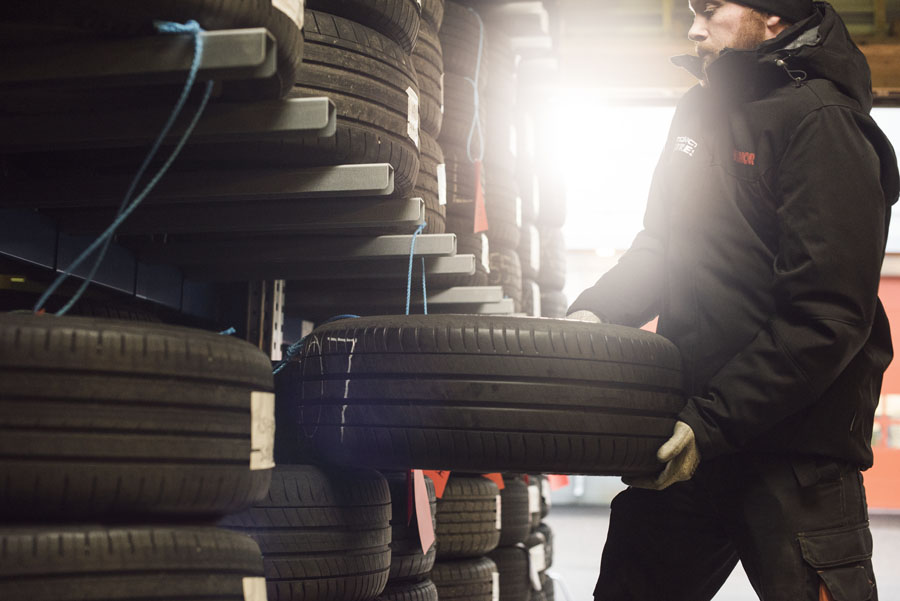
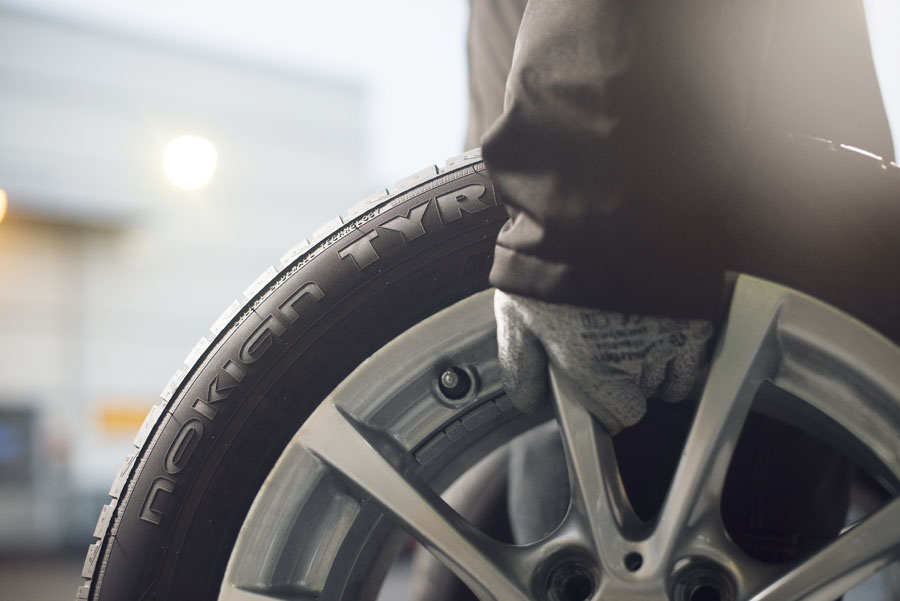

Sidewall Markings
Tyre size is the most important information given on the tyre. The size designation is specified as a series of numbers and letters, for example for a tyre size of , 205/55 R 16 94 V XL The first two figures tell us the width of the tyre and its profile. In this case, the car accepts a tyre that is 205 millimetres wide. The tyre profile refers to the ratio between the height and width of the tyre. In this case, the height of the tyre is 55 per cent of its sectional width. The number 16 that follows tells us the rim diameter in inches. The last number is the load index. In this example, the load index is 94, which means that one tyre can carry a load of 670 kg. For load index 91, the load per tyre is 615 kg. You should choose the correct load index for your car since, otherwise, the tyres will wear out quicker than usual and they may become damaged while driving. The penultimate letter V gives us the speed rating, or the highest allowed speed for the tyre, in this example V means that the tyre cannot be driven above 240 kilometres per hour. The last letter combination “XL” is not found in all tyre markings, why is that? XL means that the car is suitable for an Extra Load index tyre. In our example, the load index is 94. If the index were 91, the XL marking would not be required. The DOT marking makes it easy to check the tyre’s place of manufacture and age. The two first markings indicate the factory where the tyre was made. The four last digits indicate the week and year of manufacture. If the code is 1314, for example, then the tyre was manufactured in week 13 of 2014.
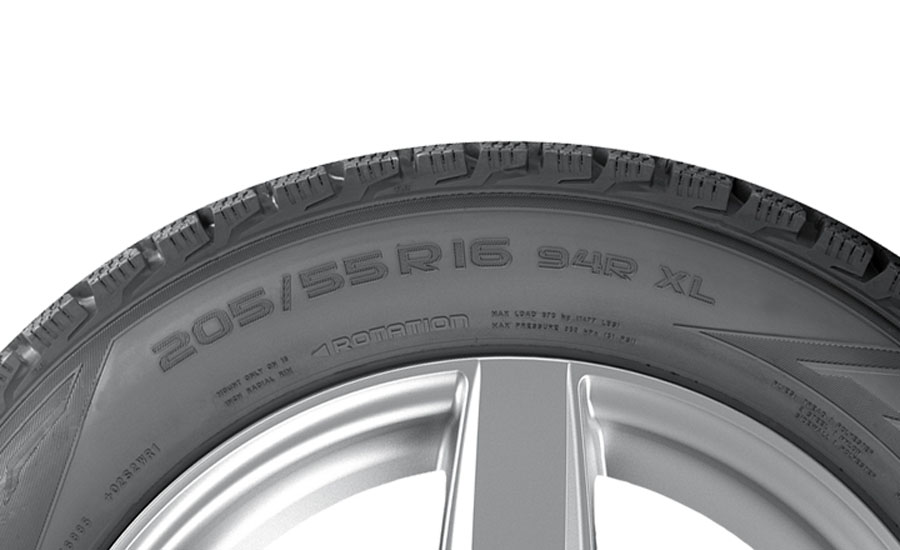
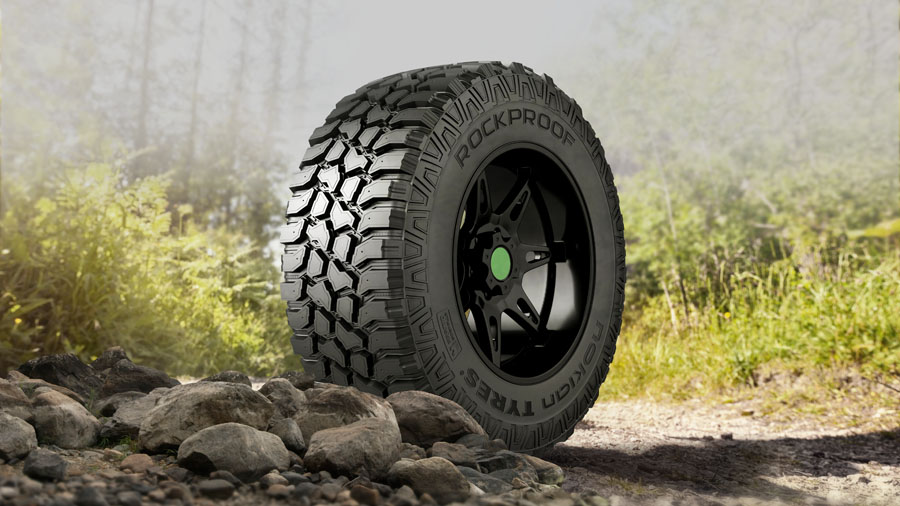

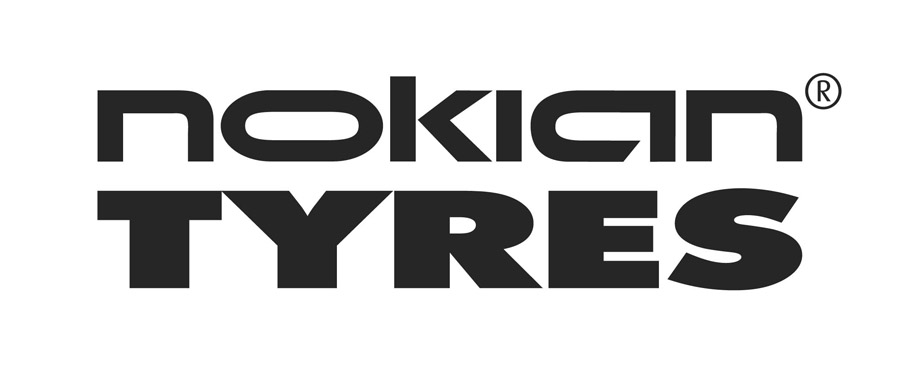



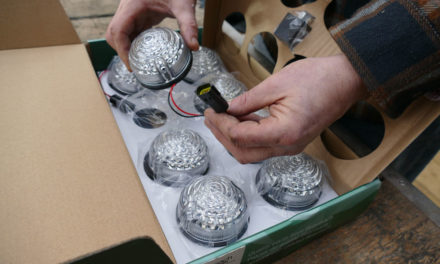


Recent Comments